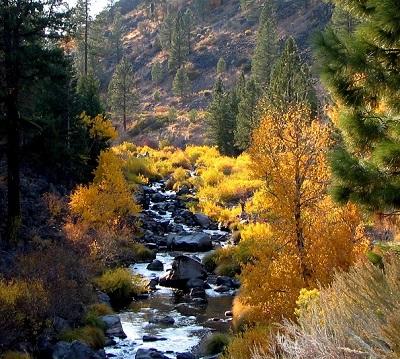BLM Northern Calif. District Resource Advisory Council to meet virtually
Organization:
BLM Office:
Media Contact:
REDDING, Calif. – Members of the Bureau of Land Management’s Northern California District Advisory Council will discuss a wide range of natural resource management topics, when they meet virtually via Zoom on Friday, Oct. 8, from 8 a.m. to noon.
Members of the public are welcome to participate, and can provide comments to the council at 11 a.m. Those interested in participating must register at this Zoom link:
https://blm.zoomgov.com/meeting/register/vJItceyqpjgrGna6_fqwP5D7mIiCGnIyx-M
Agenda topics include an update on development of the Northwest California Integrated Resource Management Plan, status of the ongoing Surprise Complex Wild Horse and Burro gather, recreation management on lands managed by the Redding Field Office and a report on fire and fuels management projects. The council will also receive a status report from the BLM California state director.
The 15-member advisory council works closely with managers in the BLM Arcata, Applegate, Eagle Lake and Redding field offices, advising on all aspects of public land management. The council composition is balanced, with members representing interests including livestock grazing, forestry, archaeology, wild horses and burros, outdoor recreation, state and local government, Tribal interests and the public at large.
More information on the meeting is available by contacting BLM Public Affairs Officer Jeff Fontana at
530-260-0189, or by email at [email protected].
The BLM manages about 245 million acres of public land located primarily in 12 western states, including Alaska, on behalf of the American people. The BLM also administers 700 million acres of sub-surface mineral estate throughout the nation. Our mission is to sustain the health, diversity, and productivity of America’s public lands for the use and enjoyment of present and future generations.

